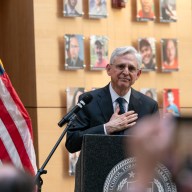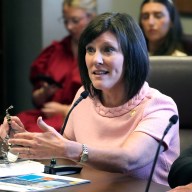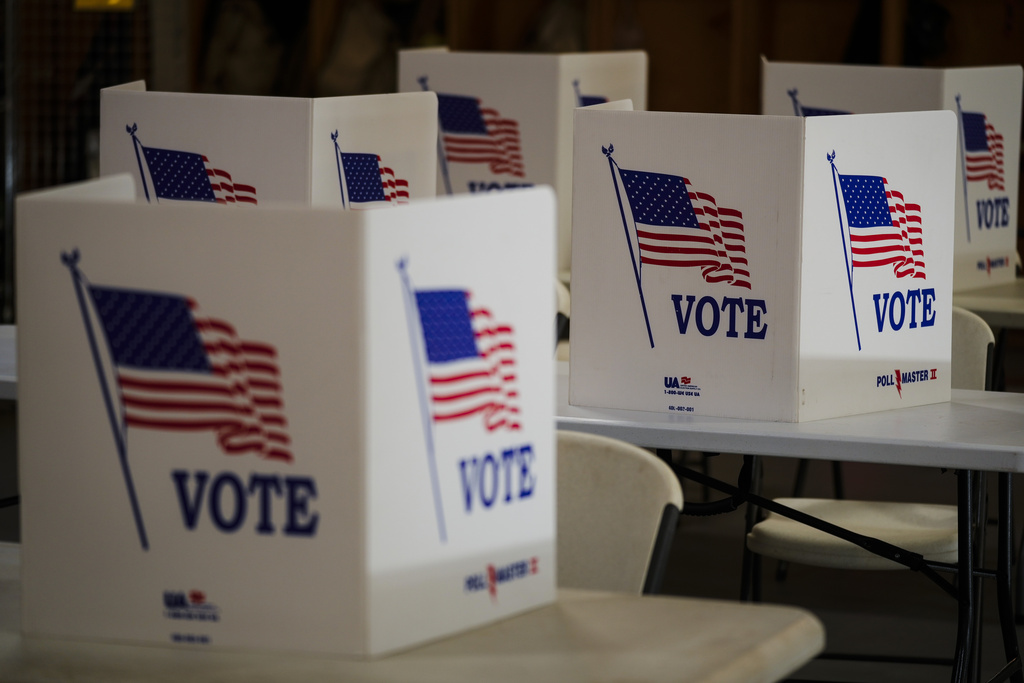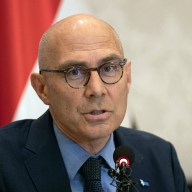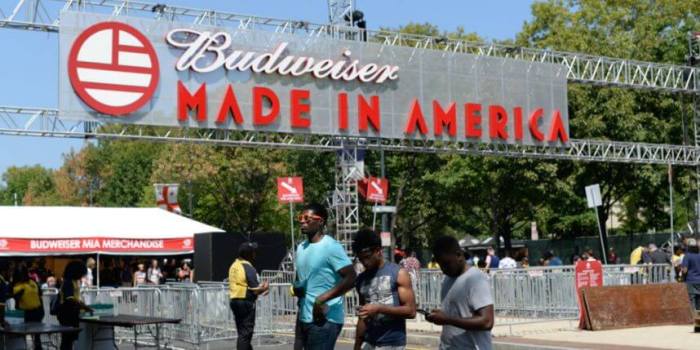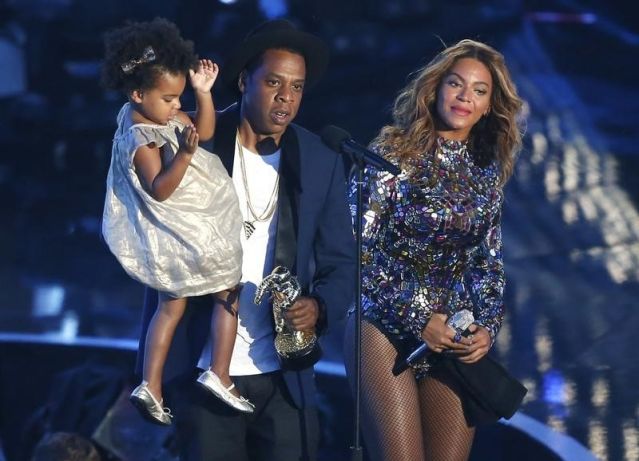The bright lights, skyscrapers and tourist bustle of Times Square is a spot where New Yorkers, native or otherwise, would rather avoid. But Mariellé Anzelone, an urban ecologist who lives in Brooklyn, wants New Yorkers to reimagine the way they experience nature in the city. Which is why she started a Kickstarter campaign to build a pop-up forest at the crossroads of the world. “What’s the most ridiculous spot you can think of? (The most) crazy, urban space on the planet? It’s Times Square,” said Anzelone of the project, which she started planning over 18 months ago. Anzelone’s vision is to transform Times Square into a mini-forest, big enough to have a trail run through it. Soaring trees and wildflowers will be brought in, with the sounds of birds and other wildlife piped through. “I’m not trying to make people feel like they’re in the Adirondacks or anything like that, it’s just this sense that New York City has all this nature, this really rich resource that we as a city under-appreciate and underutilize.” The Kickstarter, which started last week and finishes on April 17, has raised nearly $12,000. Anzelone said she hopes to raise $50,000 — though the campaign’s official Kickstarter goal is $25,000 — to pay for a landscape architect to design initial plans, fund a pilot project in Brooklyn this summer and allow organizations such as the Times Square Alliance to formally sign on. Anzelone, an advocate who works on biodiversity policy with city lawmakers, said she’s had a lot of interest from elected officials, but no formal sponsors, since she’s just in the planning stages. But the temporary forest is just the jumping off point. Anzelone hopes the green space not only inspires New Yorkers to explore urban nature — such as Van Cortlandt Park in the Bronx or the Staten Island Greenbelt — but public policy that protects the eighth of the city that is open space. “As urbanites, we think we’re post-nature, and we’re not. We need nature now more than ever,” said Anzelone, adding open space is essential for protecting the city against climate change, and disasters such as Hurricane Sandy. “There needs to be some really deep thought into how we go forward, because to make this city resilient and liveable, you have to start thinking about ecosystem services, conservation of open space and protecting biodiversity.” Anzelone said the “legacy” of the pop-up forest would be a project to plant wildflowers and other plants alongside city trees that would encourage birds, bees and butterflies to populate each urban block, as well as requiring elementary school students to visit a park. Beyond public policy and saving the planet, interacting with nature might be the antidote to stressed out New Yorkers, as well as other health benefits.
“This is about changing the narrative. The iconography is taxicabs, Times Square, the Empire State building and Jay-Z,” Anzelone said. “Yeah, New York City is about the Statue of Liberty, but it is also about this.”
Urban ecologist wants New York to experience nature in Times Square
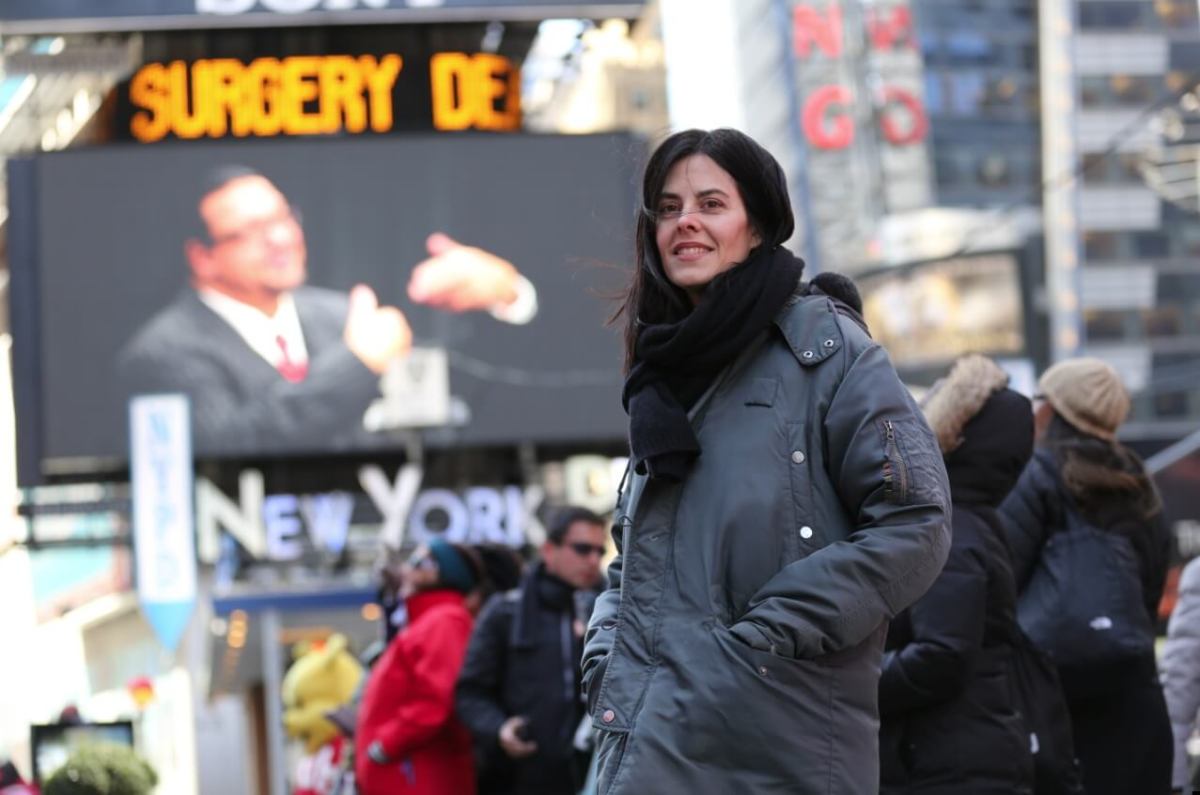
Bess Adler, Metro






